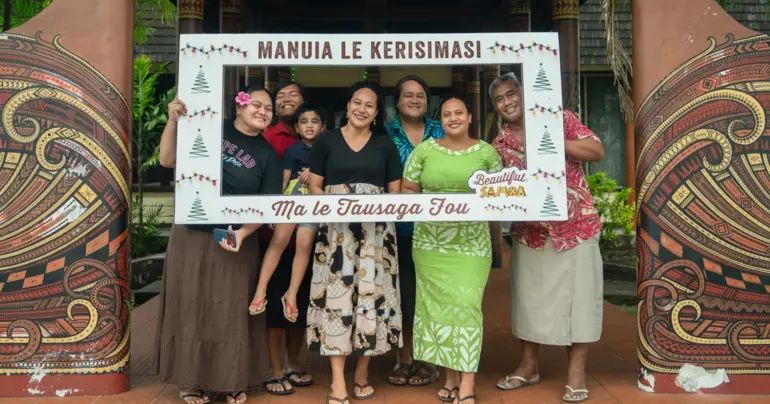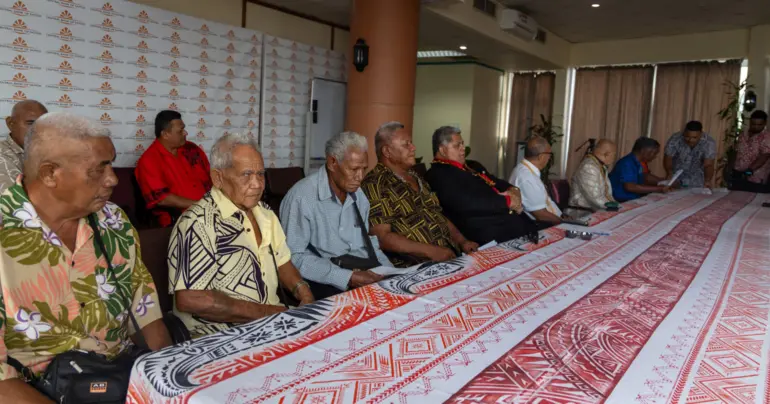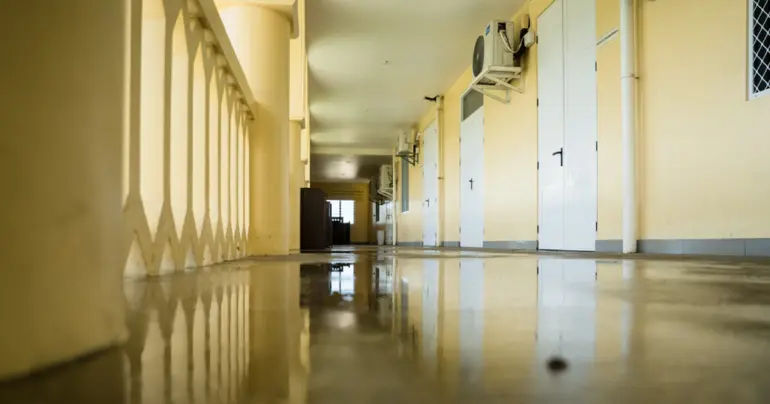The Games legacy and creating pathways for our future stars
 By Alexander Rheeney
•
09 July 2019, 8:30PM
By Alexander Rheeney
•
09 July 2019, 8:30PM
All international sporting events strive to leave a lasting legacy in the community of the host nation, which would impact positively on the lives of its citizens for many years, long after the Games ended.
The 2000 Sydney Olympics in Australia left the city with world-class sporting facilities, which includes an aquatic center that has 1.2 million visits annually. The other venue areas are today used for major international and local events, and get over 10 million visitors annually.
A report released by the British government in 2014 – two years after the 2012 London Olympics in the United Kingdom – concluded that the British economy experienced a trade and industry boost in excess of £14 billion (US$23.8 billion) following the Games. Local businesses secured contract wins, made additional sales and attracted foreign investment.
And the 2015 Pacific Games in Port Moresby, Papua New Guinea (PNG) left the host nation with world-class sporting facilities that included an aquatic centre, a large gym facility and indoor courts for multiple sports. The University of PNG (UPNG) was gifted with a brand new hall of residence for its students, and the Sir John Guise Stadium underwent redevelopment.
Then PNG Sports Minister Justin Tkatchenko, told visiting Pacific Island sports ministers in 2016 that PNG wanted to become the regional hub for sports development, due to the new K1.4 billion sports facilities in Port Moresby that were used for that edition of the Pacific Games.
Last year the Samoa Government indicated that it wanted to go down the same path – and marketed Samoa as the center of excellence in sport, following the conclusion of the 2019 XVI Pacific Games.
Pacific Games Office Chief Executive Officer, Falefata Hele Matatia, told visiting members of Pacific Games Associations in June last year that as part of the Games legacy, the Government is keen to set up a regional sporting excellence center.
"We are looking at what will be the legacy of these Games for our region. For 2007 we left behind our buildings. We hope these Games invest in our people, our capabilities and sports structures,” he said. "We have the vision of making Samoa a centre of excellence for sport in the region, as well as hosting successful Games."
I believe Samoa is perfectly placed to become the regional center of sporting excellence. These are the factors in its favour: it is centrally located in the Pacific between Melanesia, Polynesia and Micronesia; low cost of living compared to other Pacific Island capitals; very low to non-existent opportunistic crime; and lastly the hospitality of the Samoan people.
But it is the Samoa Government’s investment in the people – in terms of the Games legacy – which would have a lasting impact in the community. It is why the decision by the Government to put environmental sustainability at the center of the Games is a masterstroke, and sets the 2019 XVI edition apart from the others. And with the Ministry of Natural Resources and Environment (MNRE) partnering with the Secretariat of the Pacific Regional Environment Programme (SPREP) in this initiative, you can be assured of benefits going beyond the shores of Samoa.
The greening of the Games initiative will compliment the Samoa Government’s nationwide ban on single-use plastics and straws, which went into effect in January this year. The ban on plastic bottles during the two-week regional sporting event, will give added impetus to the movement to green our planet and take the battle against Climate Change to the next level. As a Games legacy, the benefits that are expected to flow from this initiative are enormous and long-term in terms of Climate Change, and will hopefully inspire our visiting Pacific Island athletes to embrace and promote similar programmes.
But let us not forget the next generation of Samoan athletes – in our bid to save Samoa and the planet from the clutches of Climate Change – as we look for the next Samoan world champion.
The sport of badminton has, since the beginning of the competition on Monday, rubbed off on nine-year-old Daniel Tolu. The youngster – who is a volunteer at the Multi-Sport Complex at Faleata – is keen to take up the sport.
"I'm grateful for this chance to be a part of this, because if I weren't to be here, I wouldn't have known about this interesting sport and I wouldn't be able to see some amazing and inspiring players, from different countries including Samoa.
"I've been cleaning and helping out in any way I can here at badminton today (on Monday) with the hope that one day in the future, I will be representing Samoa and playing on the same spot I was wiping and sweeping today," he said.
There is no doubt the youngster from Faleula is dreaming big everyday he walks into the Multi-Sport Complex as a volunteer, and is witness to world-class badminton action courtesy of Samoan and Pacific Island athletes. He has every right to dream and we should not stand in his way.
Perhaps a pathway for young Samoans such as Daniel, who are aspiring to be stars in other sporting codes other than rugby union, should be on the table for the Samoa Government’s consideration after the Games. Now that’s a Games legacy the budding badminton players and future stars would want.
Have a lovely Wednesday Samoa and God bless.
 By Alexander Rheeney
•
09 July 2019, 8:30PM
By Alexander Rheeney
•
09 July 2019, 8:30PM










